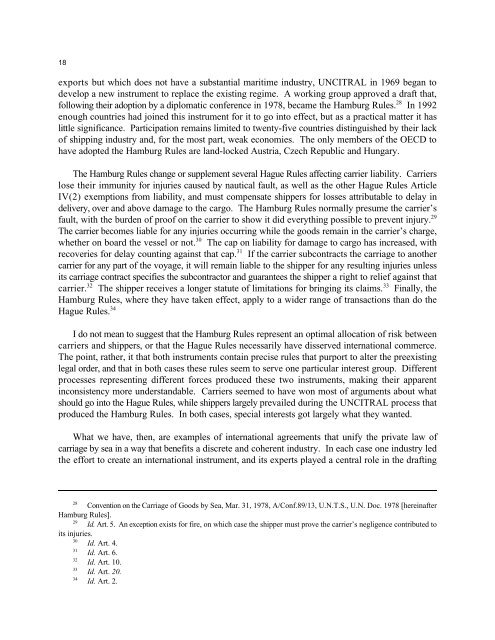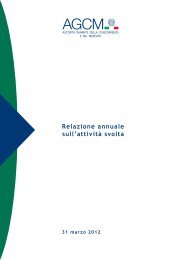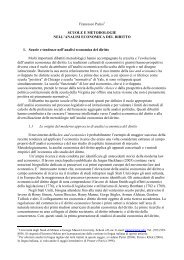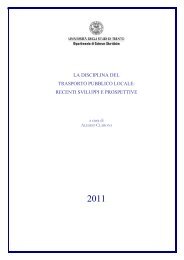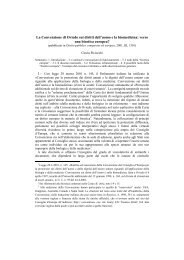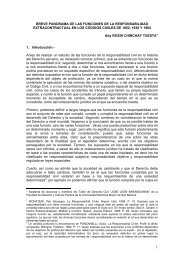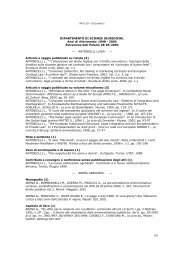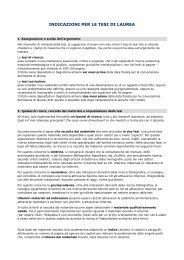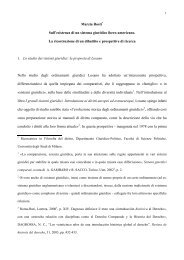The Futility of Unification and Harmonization in International ...
The Futility of Unification and Harmonization in International ...
The Futility of Unification and Harmonization in International ...
Create successful ePaper yourself
Turn your PDF publications into a flip-book with our unique Google optimized e-Paper software.
18exports but which does not have a substantial maritime <strong>in</strong>dustry, UNCITRAL <strong>in</strong> 1969 began todevelop a new <strong>in</strong>strument to replace the exist<strong>in</strong>g regime. A work<strong>in</strong>g group approved a draft that,28follow<strong>in</strong>g their adoption by a diplomatic conference <strong>in</strong> 1978, became the Hamburg Rules. In 1992enough countries had jo<strong>in</strong>ed this <strong>in</strong>strument for it to go <strong>in</strong>to effect, but as a practical matter it haslittle significance. Participation rema<strong>in</strong>s limited to twenty-five countries dist<strong>in</strong>guished by their lack<strong>of</strong> shipp<strong>in</strong>g <strong>in</strong>dustry <strong>and</strong>, for the most part, weak economies. <strong>The</strong> only members <strong>of</strong> the OECD tohave adopted the Hamburg Rules are l<strong>and</strong>-locked Austria, Czech Republic <strong>and</strong> Hungary.<strong>The</strong> Hamburg Rules change or supplement several Hague Rules affect<strong>in</strong>g carrier liability. Carrierslose their immunity for <strong>in</strong>juries caused by nautical fault, as well as the other Hague Rules ArticleIV(2) exemptions from liability, <strong>and</strong> must compensate shippers for losses attributable to delay <strong>in</strong>delivery, over <strong>and</strong> above damage to the cargo. <strong>The</strong> Hamburg Rules normally presume the carrier’sfault, with the burden <strong>of</strong> pro<strong>of</strong> on the carrier to show it did everyth<strong>in</strong>g possible to prevent <strong>in</strong>jury. 29<strong>The</strong> carrier becomes liable for any <strong>in</strong>juries occurr<strong>in</strong>g while the goods rema<strong>in</strong> <strong>in</strong> the carrier’s charge,30whether on board the vessel or not. <strong>The</strong> cap on liability for damage to cargo has <strong>in</strong>creased, with31recoveries for delay count<strong>in</strong>g aga<strong>in</strong>st that cap. If the carrier subcontracts the carriage to anothercarrier for any part <strong>of</strong> the voyage, it will rema<strong>in</strong> liable to the shipper for any result<strong>in</strong>g <strong>in</strong>juries unlessits carriage contract specifies the subcontractor <strong>and</strong> guarantees the shipper a right to relief aga<strong>in</strong>st that32 33carrier. <strong>The</strong> shipper receives a longer statute <strong>of</strong> limitations for br<strong>in</strong>g<strong>in</strong>g its claims. F<strong>in</strong>ally, theHamburg Rules, where they have taken effect, apply to a wider range <strong>of</strong> transactions than do theHague Rules. 34I do not mean to suggest that the Hamburg Rules represent an optimal allocation <strong>of</strong> risk betweencarriers <strong>and</strong> shippers, or that the Hague Rules necessarily have disserved <strong>in</strong>ternational commerce.<strong>The</strong> po<strong>in</strong>t, rather, it that both <strong>in</strong>struments conta<strong>in</strong> precise rules that purport to alter the preexist<strong>in</strong>glegal order, <strong>and</strong> that <strong>in</strong> both cases these rules seem to serve one particular <strong>in</strong>terest group. Differentprocesses represent<strong>in</strong>g different forces produced these two <strong>in</strong>struments, mak<strong>in</strong>g their apparent<strong>in</strong>consistency more underst<strong>and</strong>able. Carriers seemed to have won most <strong>of</strong> arguments about whatshould go <strong>in</strong>to the Hague Rules, while shippers largely prevailed dur<strong>in</strong>g the UNCITRAL process thatproduced the Hamburg Rules. In both cases, special <strong>in</strong>terests got largely what they wanted.What we have, then, are examples <strong>of</strong> <strong>in</strong>ternational agreements that unify the private law <strong>of</strong>carriage by sea <strong>in</strong> a way that benefits a discrete <strong>and</strong> coherent <strong>in</strong>dustry. In each case one <strong>in</strong>dustry ledthe effort to create an <strong>in</strong>ternational <strong>in</strong>strument, <strong>and</strong> its experts played a central role <strong>in</strong> the draft<strong>in</strong>g28Convention on the Carriage <strong>of</strong> Goods by Sea, Mar. 31, 1978, A/Conf.89/13, U.N.T.S., U.N. Doc. 1978 [here<strong>in</strong>afterHamburg Rules].29Id. Art. 5. An exception exists for fire, on which case the shipper must prove the carrier’s negligence contributed toits <strong>in</strong>juries.30Id. Art. 4.31Id. Art. 6.32Id. Art. 10.33Id. Art. 20.34Id. Art. 2.


